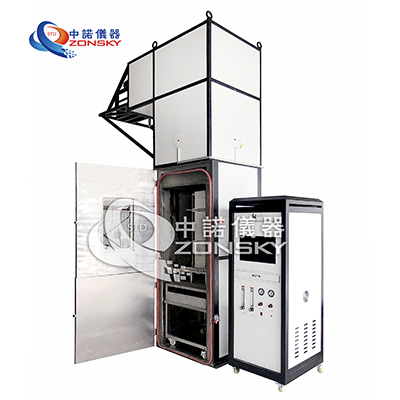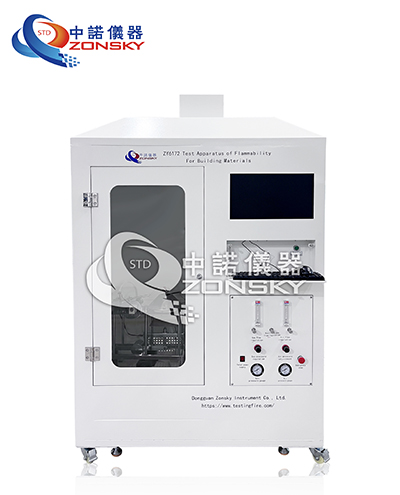Mechanical properties are one of the important properties of construction steel, so what are the mechanical properties?
The main properties of steel include mechanical properties and process properties. Among them, mechanical properties are the most important performance of steel, including tensile properties, impact properties, fatigue properties, etc. Process properties represent the behavior of steel during various processing processes, including bending properties and welding properties, etc.

01. Tensile properties
The indicators of tensile properties of construction steel include yield strength, tensile strength and elongation. Yield strength is the basis for determining the strength of steel in structural design. The ratio of tensile strength to yield strength (strength-yield ratio) is a parameter to evaluate the reliability of steel. The greater the strength-to-yield ratio, the greater the reliability and safety of the steel when the force exceeds the yield point, but the greater the strength-to-yield ratio, the lower the utilization rate of steel strength and waste materials.
The property that steel can withstand permanent deformation before being damaged by force is called plasticity. In engineering applications, the plastic index of steel is usually expressed by elongation. Elongation is the ability of steel to withstand permanent deformation when fracture occurs. The greater the elongation, the greater the plasticity of the steel. The percentage of the ratio of the increment of the gauge length after the specimen is broken to the original gauge length is the elongation after break. For commonly used hot-rolled steel bars, there is also an index requirement for the maximum total elongation.

02. Impact performance
Impact performance refers to the ability of steel to resist impact loads. The chemical composition of steel and the quality of smelting and processing all have a significant impact on the impact performance. In addition, the impact properties of steel are greatly affected by temperature, and the impact properties decrease with the decrease of temperature. When it falls to a certain temperature range, the impact value drops sharply, which causes brittle fracture of the steel. This property is called the cold brittleness of steel, and the temperature at this time is called the critical temperature of brittleness. The lower the value of the brittle critical temperature, the better the low temperature impact performance of the steel. Therefore, for structures used at negative temperatures, steels with a brittle critical temperature lower than the service temperature should be selected.
03. Fatigue performance
When subjected to repeated alternating loads, the phenomenon of brittle fracture and failure of steel suddenly occurs when the stress is much lower than its yield strength, which is called fatigue failure. Fatigue failure occurs suddenly in a low stress state, so it is extremely harmful and often causes catastrophic accidents. The fatigue limit of steel is related to its tensile strength. Generally, the higher the tensile strength, the higher the fatigue limit.
Do you understand the mechanical properties of steel? This is also one of the important contents of the construction engineer examination.
Ability to resist shock loads. The chemical composition of steel and the quality of smelting and processing all have a significant impact on the impact performance.

 WhatsApp:
WhatsApp: Mobile Phone:
Mobile Phone: Contact Now
Contact Now